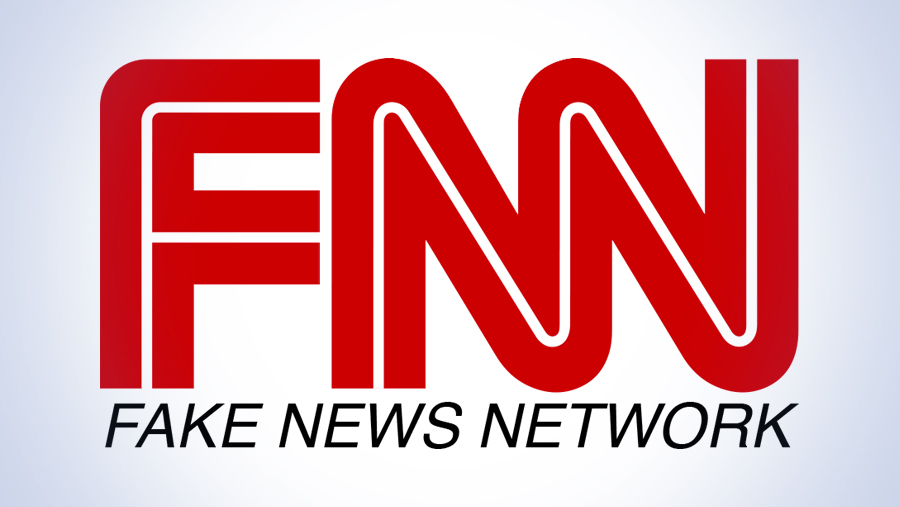By: William M. Briggs – stream.org – January 3, 2018
You know it when you see it, but good luck defining fake news. That’s why there will always be disagreements between what is “fake news” and what isn’t.
On the last day of bad old last year, Lake Superior State University released its 43rd annual List of Words Banished from the Queen’s English for Misuse, Overuse and General Uselessness.
The ripest for excision was “fake news.” “Let that sink in.”
I mean, “let that sink in” was another “impactful” phrase needing banning. As was (can we get an Amen?) “impactful.” (Most banned words are those that fill the air in corporate meetings.)
“Fake news” has to go not because there is no such thing, but because (a) people have the habit of calling real but unwanted or undesirable news “fake,” and (b) because defining it isn’t so easy.
“Fake news” is thus like bad yet award-winning art. You know it when you see it, but good luck developing an unambiguous definition.
Facebook Head Fake
Facebook discovered the second point the hard and expensive way. They had been testing “fake news” detection algorithms by putting “disputed” flags on certain stories. But a funny thing happened. The red flags had “the reverse effect of making people want to click [stories] even more.”
An employee wrote, “Putting a strong image, like a red flag, next to an article may actually entrench deeply held beliefs — the opposite effect to what we intended.”
Discovering the truth in news reports is not only not simple. In many cases, it’s not even possible.
This doesn’t mean the complete disappearance of “fake news” from Facebook. On stories meeting their selection criteria for fakiness, they will link counter stories called “related articles.” Call this the he-said-she-said approach.
Facebook’s wanting to weaken “deeply held beliefs” is curious. It implies that Facebook has stored in their massive computer banks a list of correct beliefs to which they can compare its customers’ false but “deeply held beliefs.” When a customer displays wrong-think, Facebook can counter with a “related article” of right-think. And thus “raise-awareness.”
They will soon learn that this is no easy task either. Discovering the truth in news reports is not only not simple. In many cases, it’s not even possible.
Computer Alert!
Not that people aren’t trying.
To see more of this article, click read more.
![]() Source: Real Versus Fake Fake News | The StreamFacebookTwitterPrintAddthisFacebookTwitterPrintAddthisFacebookTwitterPrintAddthis
Source: Real Versus Fake Fake News | The StreamFacebookTwitterPrintAddthisFacebookTwitterPrintAddthisFacebookTwitterPrintAddthis
 Listen Online
Listen Online Watch Online
Watch Online Find a Station in Your Area
Find a Station in Your Area









 Listen Now
Listen Now Watch Online
Watch Online
